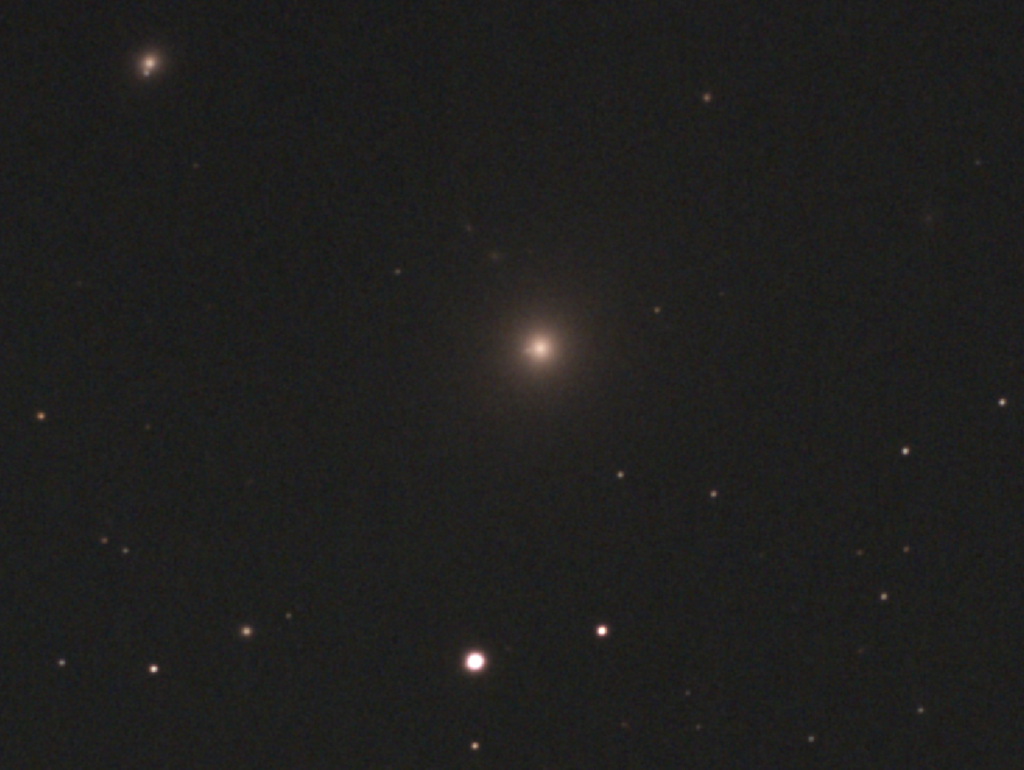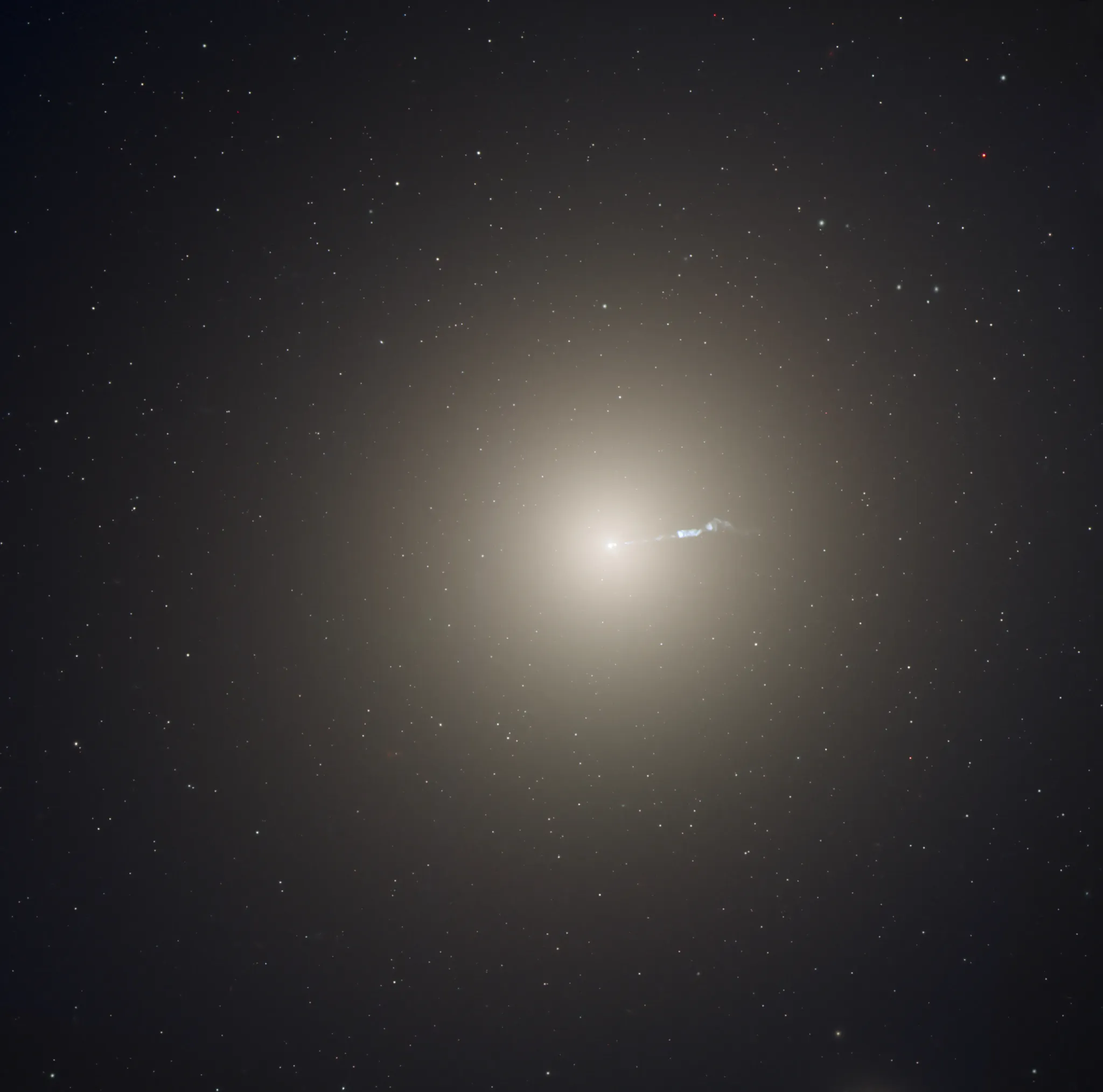M87 | NGC 4486 | Elliptical Galaxy | Virgo | 53,000,000 Light Years Away
Our Best Image

Messier 87, also known as M87, is a massive elliptical galaxy situated in the Virgo Cluster, a rich collection of galaxies in the constellation Virgo. Discovered by Charles Messier in 1781, M87 is notable for hosting a supermassive black hole at its center, known as M87* (M87-star). Positioned approximately 53 million light-years away from Earth, M87 has a diameter of about 120,000 light-years and contains trillions of stars.
At the heart of M87 is the supermassive black hole M87*, which gained widespread attention due to the first-ever image of a black hole captured by the Event Horizon Telescope (EHT) in 2019. This groundbreaking image revealed the shadow of the black hole against the glow of hot, ionized gas swirling around it. Observations of M87 contribute significantly to our understanding of the behavior of supermassive black holes, galactic dynamics within the Virgo Cluster, and the interactions between galaxies in such dense cosmic environments.
M87 is also known for its large population of globular clusters, compact groups of stars that orbit the galaxy. Studying these globular clusters aids astronomers in estimating the age and composition of M87, providing valuable information about the galaxy’s formation and evolution. As one of the most massive galaxies in the local universe, M87 remains a crucial object for researchers exploring the mysteries of black holes, galaxy clusters, and the broader cosmic structures that shape our understanding of the universe.

